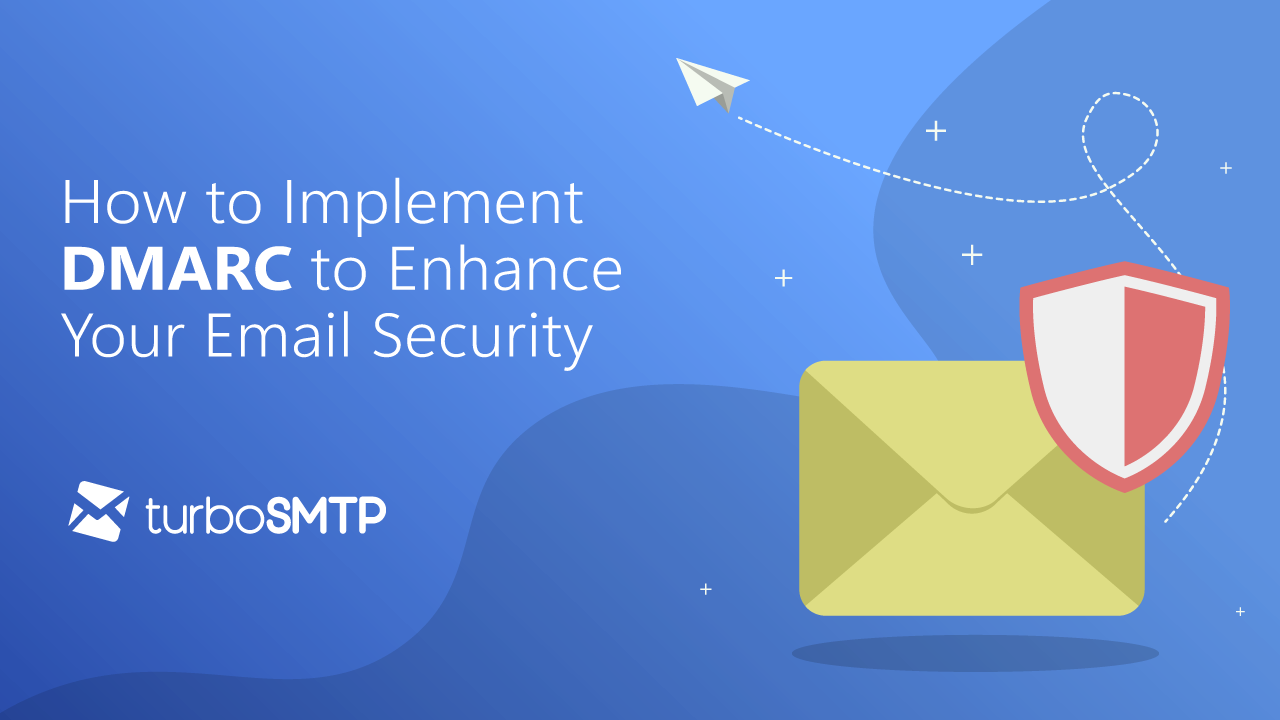
A crucial aspect of securing your emails is the implementation of DMARC (Domain-based Message Authentication, Reporting, and Conformance) on your domain.
DMARC is a standard that works alongside SPF and DKIM to protect your online reputation and ensure that emails sent on behalf of your domain are authentic and secure.
Why Improving Email Security Is Important?
Emails are a primary means of communication, and their security is essential to protect your reputation and build trust with recipients.
What is DMARC, and Why Is It Important?
DMARC goes beyond SPF and DKIM, providing an additional layer of security. It allows you to establish stricter policies for sending emails on behalf of your domain, reducing the risk of phishing and spoofing.
How to Implement DMARC
- Access Your Domain’s DNS Settings:
Ensure you have access to your domain’s DNS settings and then configure your DMARC record. - DMARC Record Creation:
Add a DMARC record to your DNS. An example DMARC record could be:
v=DMARC1; p=quarantine; rua=mailto:indirizzo@email.com; ruf=mailto:indirizzo@email.com; sp=noneThis example indicates quarantining any unauthenticated messages, sending aggregate reports to the specified addresses, and not sending failure reports to the sender.
- Gradual Implementation:
Start with a more permissive policy like p=none, which doesn’t impact email delivery but sends reports for assessment. Subsequently, move to more restrictive policies like p=quarantine or p=reject. - Check and monitoring:
After implementation, verify the correct configuration to identify any issues and make corrections.
- Implementation:
Send test emails to test addresses and verify that they are delivered according to your DMARC policies.
Technical Assistance for Compliance
If the list feels overwhelming, our Professional Services team stands ready to assist. Contact us to navigate domain authentication, alignment, DMARC, and complaint levels